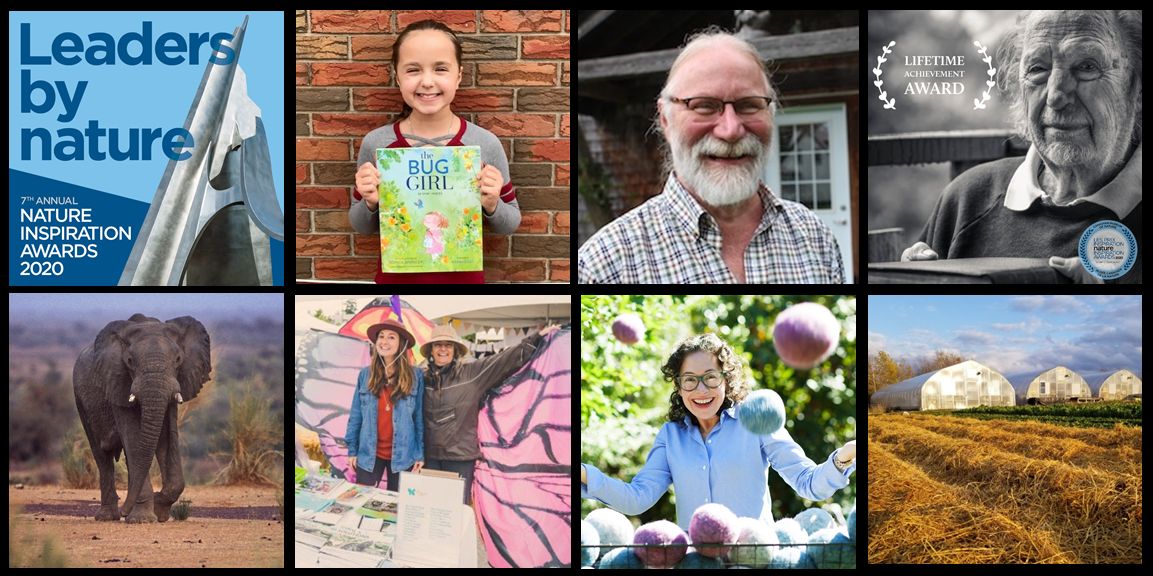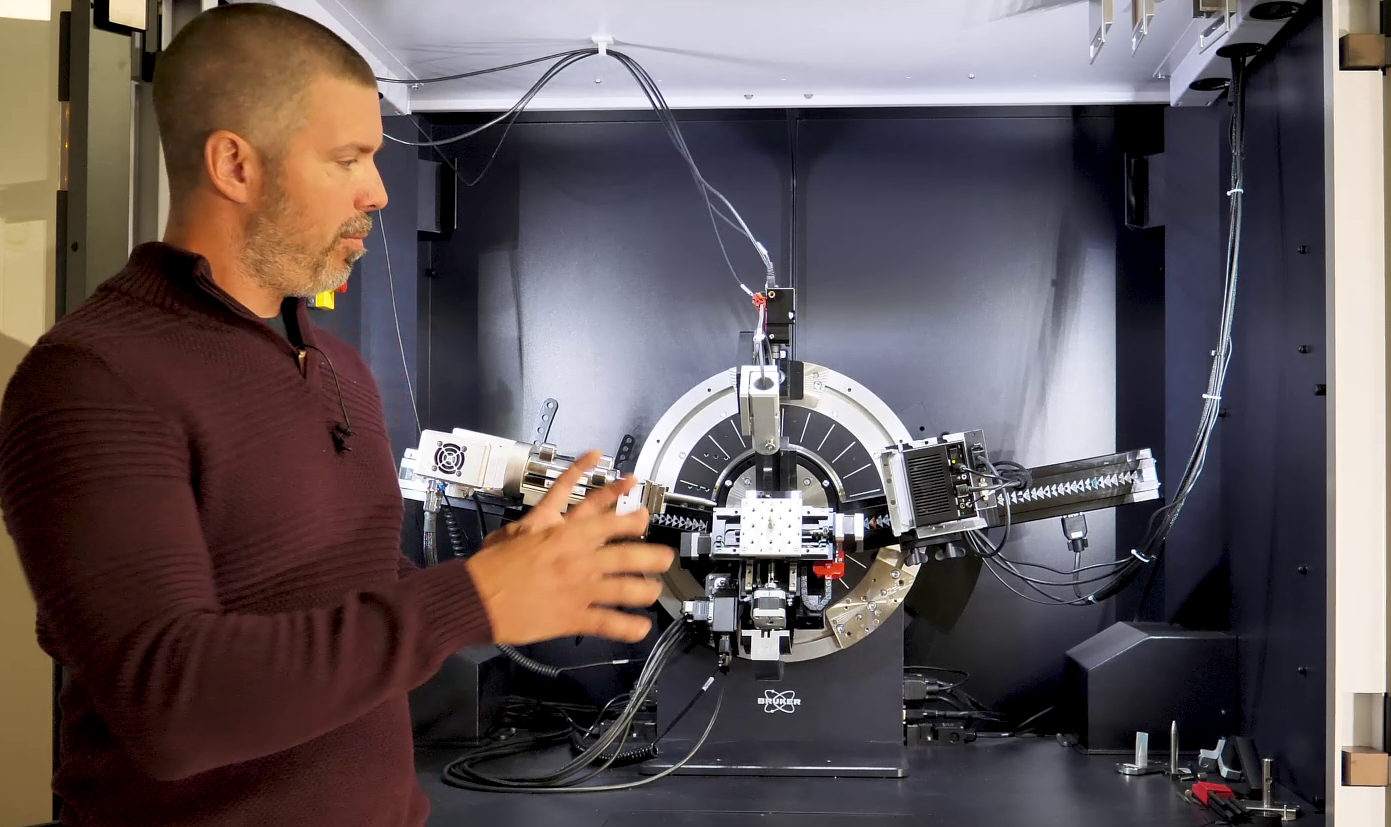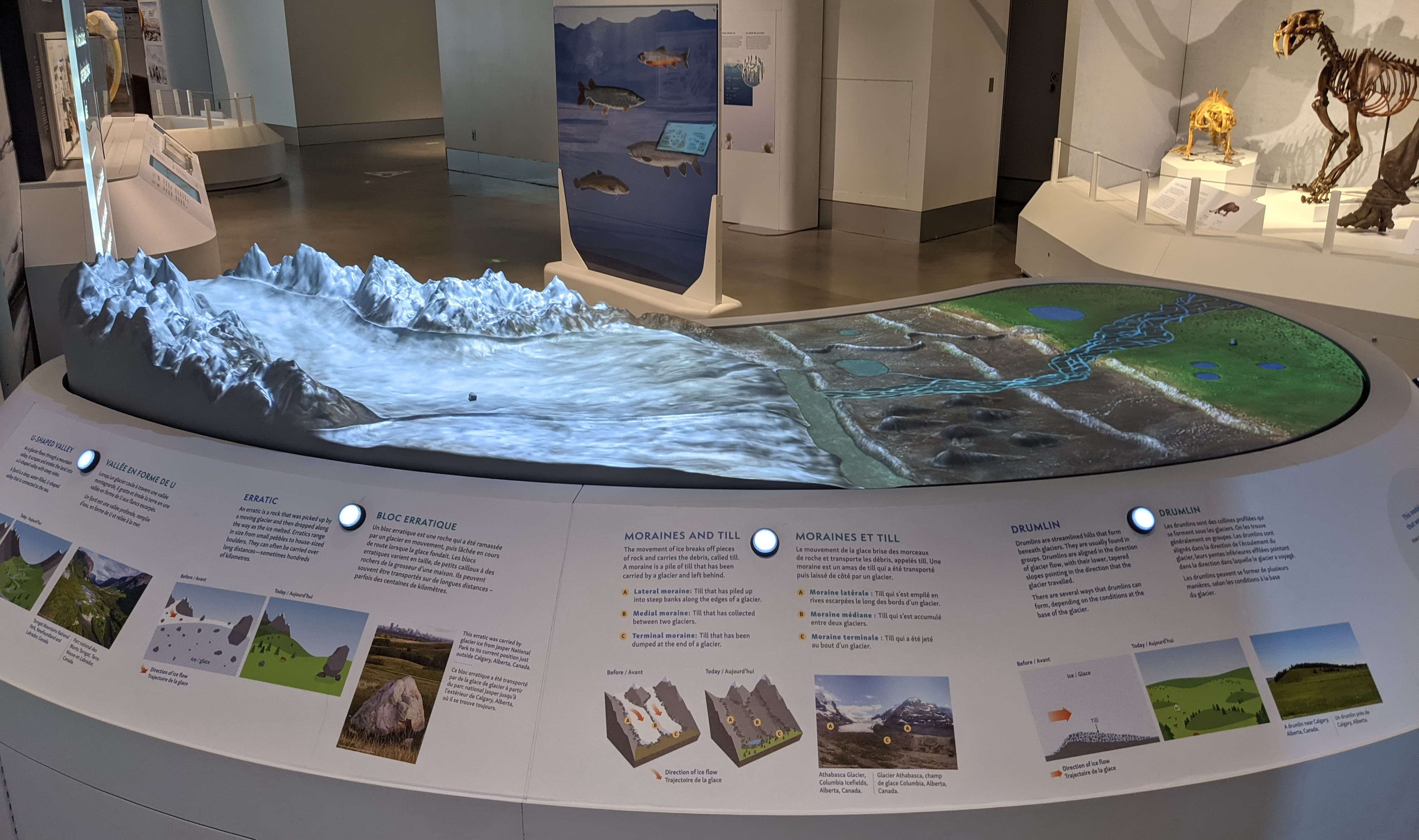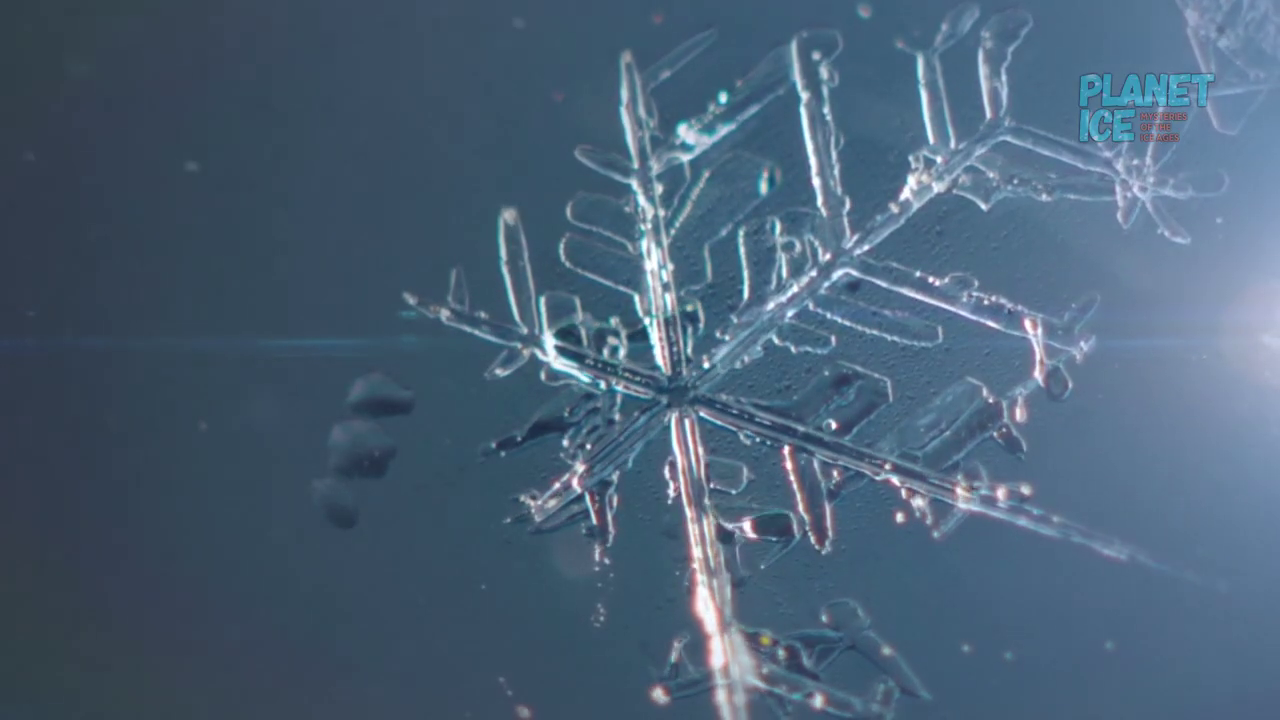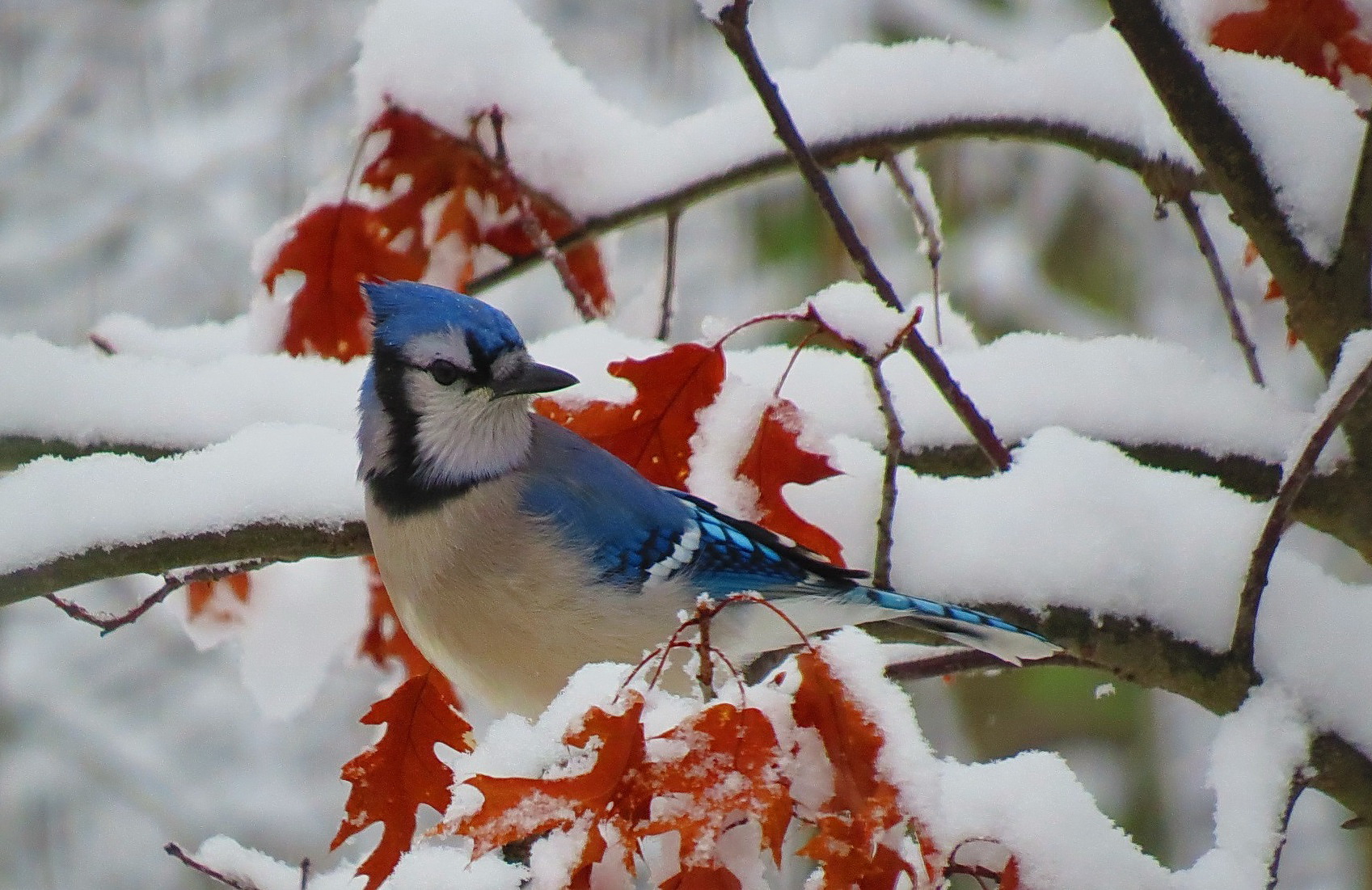
The advent of winter
December is here ... a time when most of our great land is blanketed in snow, and creatures big and small prepare themselves for the colder months ahead.
As we welcome winter's arrival, we continue to reveal fascinating insights into our research and collections. Our new Science Moments video series complements topics presented in our special exhibition, Planet Ice: Mysteries of the Ice Ages. And our Virtual Open House video series continues with exciting new episodes each week.
Connect with us for engaging, fresh content. Follow us on Facebook, Twitter and Instagram and visit us on nature.ca.
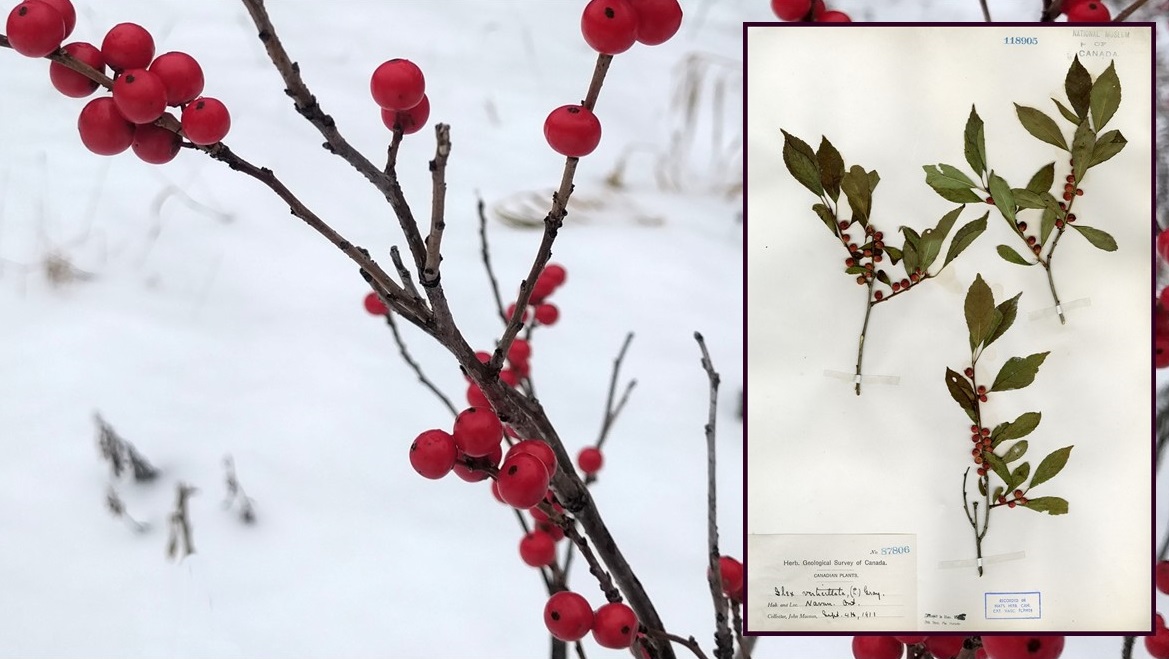
Canadian Holly
Winterberry
Common Winterberry (Ilex verticillata) is a native shrub that occurs naturally in wet acidic habitats, such as bogs and the borders of water bodies, but can also grow in gardens. Its vibrant red berries stay on the stems for weeks or months after the leaves have fallen. Robins, cardinals and grouse are some of the birds that feed on these berries.
The inset photo above shows a specimen in our National Herbarium, collected in Navan, Ontario, by renowned Canadian naturalist John Macoun. Pressed way back in early autumn 1911, this preserved sample of Ilex verticillata is by no means the oldest in the Museum’s collection. Archives of specimens collected through time help scientists to detect and document changes in nature.
Editor: Laura Sutin
Questions or comments can be sent to lsutin@nature.ca

